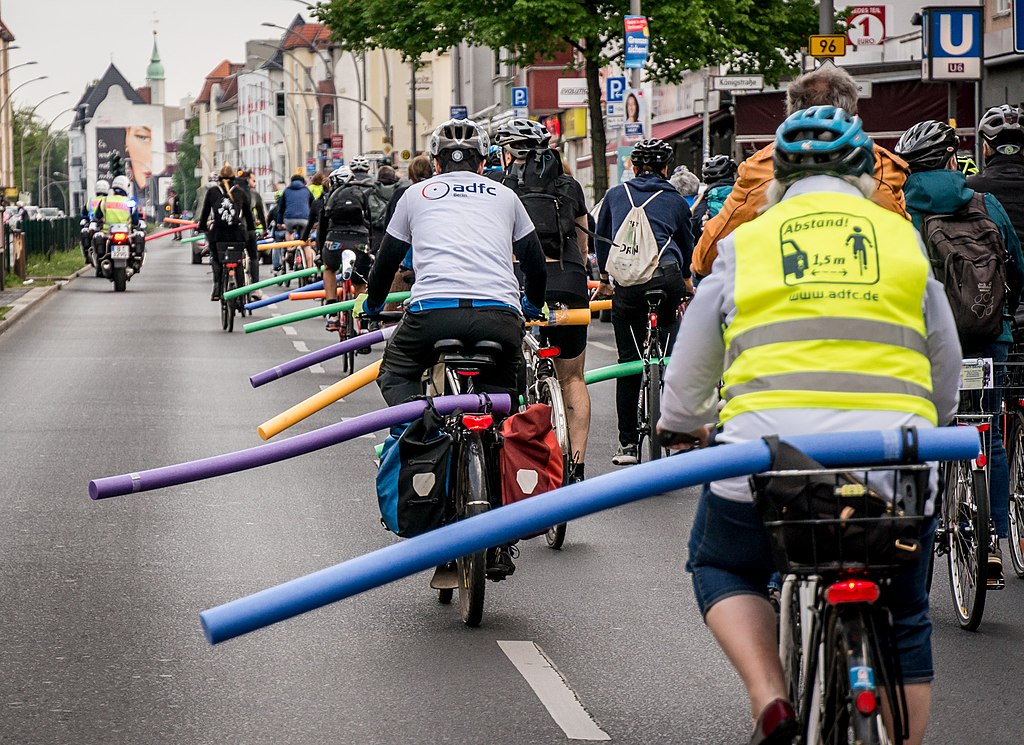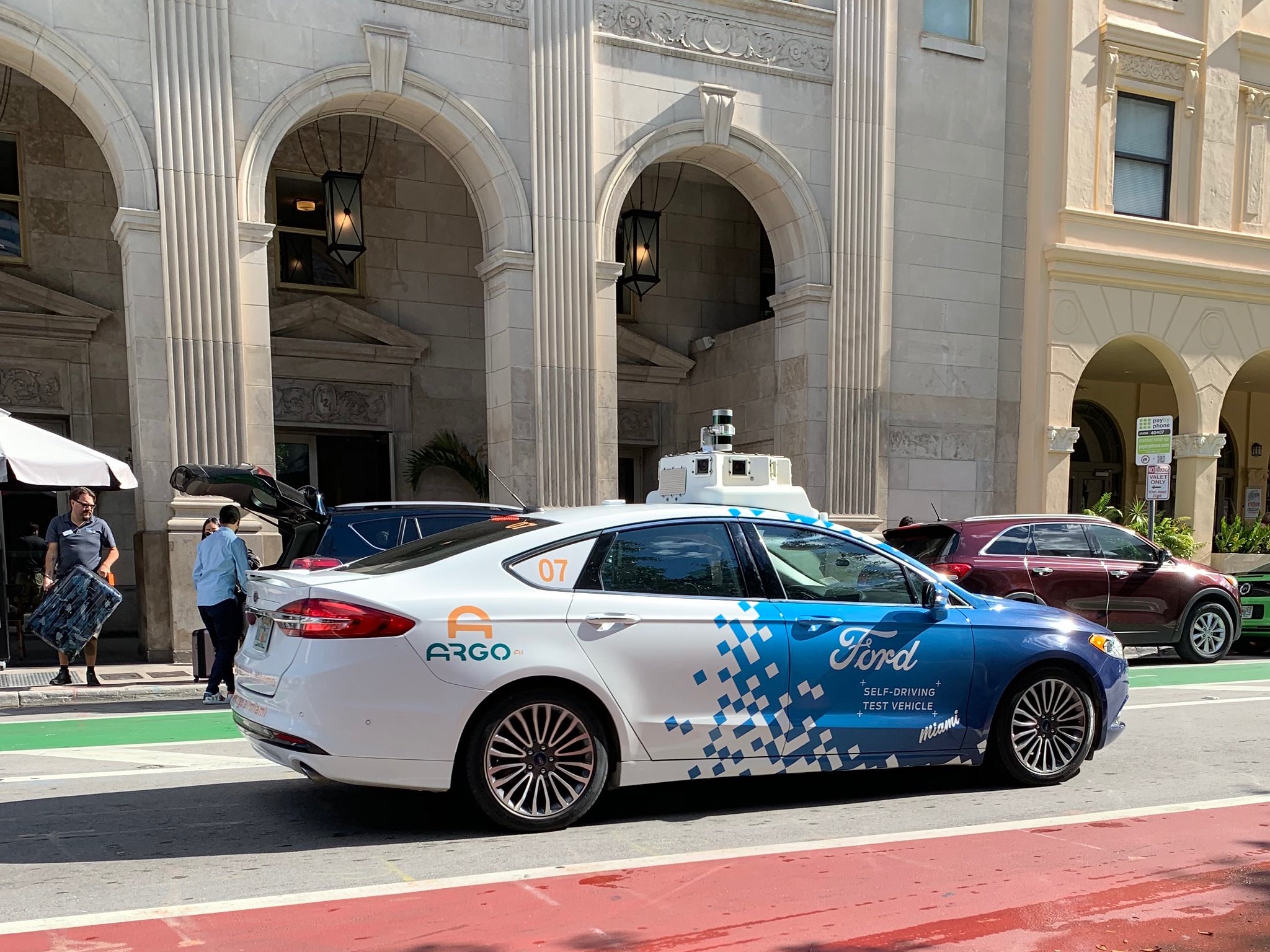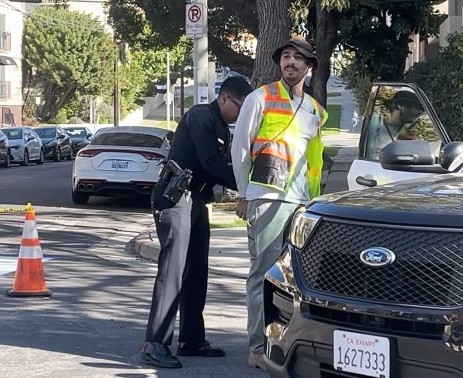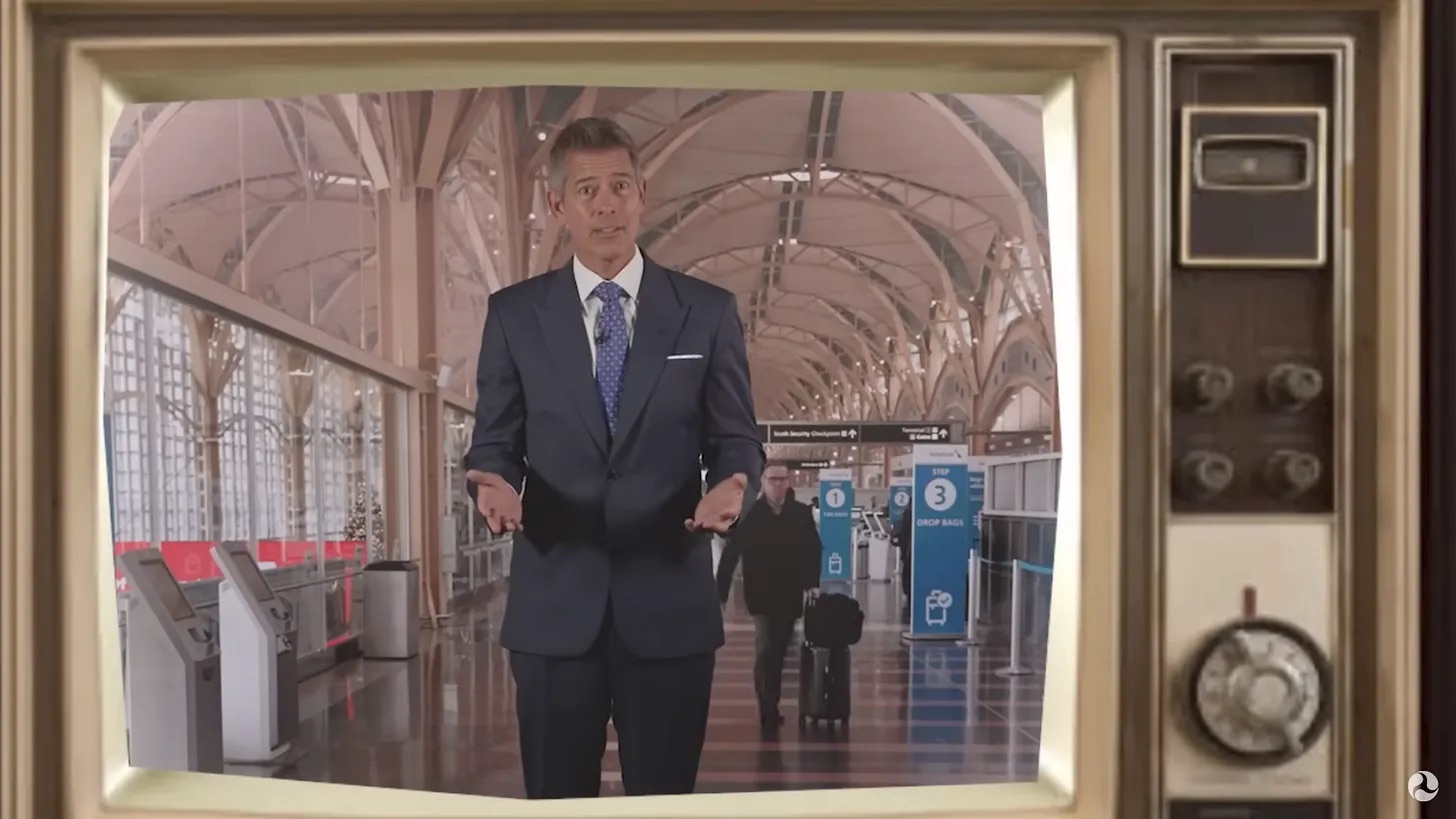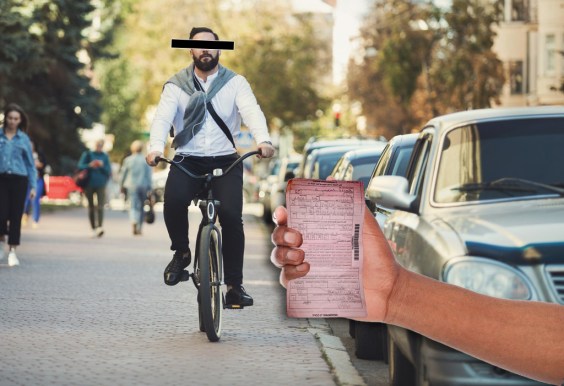If only policymakers had data on the pervasive problem of drivers passing too closely to cyclists, perhaps they'd find a way to stop the deadly practice and get victims justice.
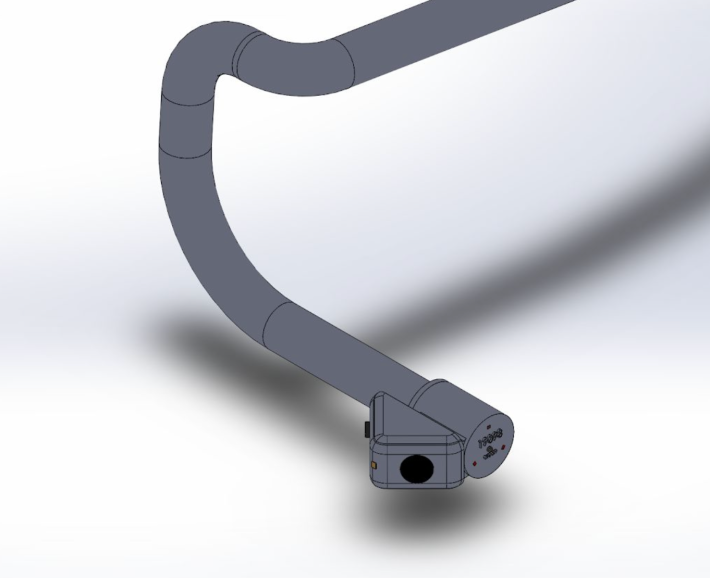
That's the idea behind a new camera technology that was developed at two Arizona universities — a handlebar-mounted "dash cam" for bikes that automatically captures images, location data, and other critical evidence when it senses a vehicle has passed dangerously near a person on two wheels.
The footage and data are then uploaded to an app that automatically detects key details like license plate numbers and whether the driver has violated a state's minimum passing distance law. Cyclists can then download that data and submit it to law enforcement as potential evidence.
And as more camera users record more infractions over time, the app will be able to generate a map of close-passing "hot spots," which advocates could use to push for safety interventions, or simply to prove how pervasive close passes really are.
Known as "CycleSafe" — not to be confused with the bike storage company of the same name — the tech was inspired by the legacy of cyclist Rob Dollar, who was killed in 2017 by a Phoenix driver who attempted to pass another biker while drunk and struck Dollar instead. The victim's family quickly learned, though, that data on the kind of crashes that killed their son are shockingly hard to find — and without them, policymakers are hesitant to take action.
One Australian study estimates that up to 38 percent of motor vehicle drivers who hit cyclists were either overtaking or close-passing the vulnerable road user. But similar stats are hard to come by in most U.S. jurisdictions.
"I've been to some bike summits, and there's a lot of money out there, but everything is data-based — and we have no data," said John Dollar, Rob's father and the executive director of the Rob Dollar Foundation, which works to save cyclists' lives. "I mean, how do you collect data [on close passes]? With all the data that [CycleSafe] can collect, there's a lot of good that we can do."
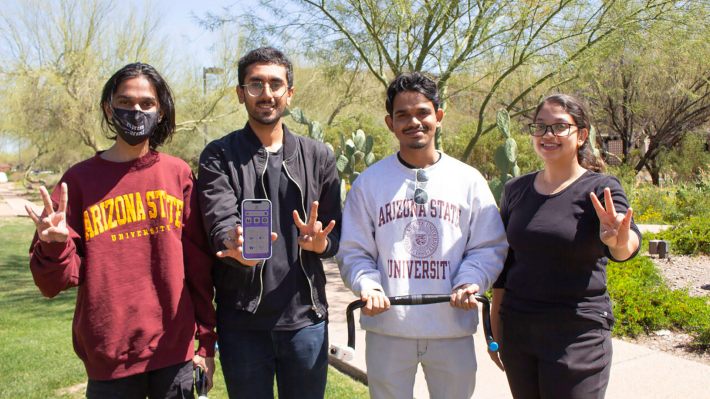
Bike and helmet-mounted cameras like the Go-Pro have been popular for years, but the Arizona researchers emphasize that their product automatically collects images of close-pass incidents, rather than continuously recording a ride and forcing a cyclists to pore through hours of footage later. They also hope the advocacy-focused app associated with their product will set it apart from the crowd, and lead to lasting change.
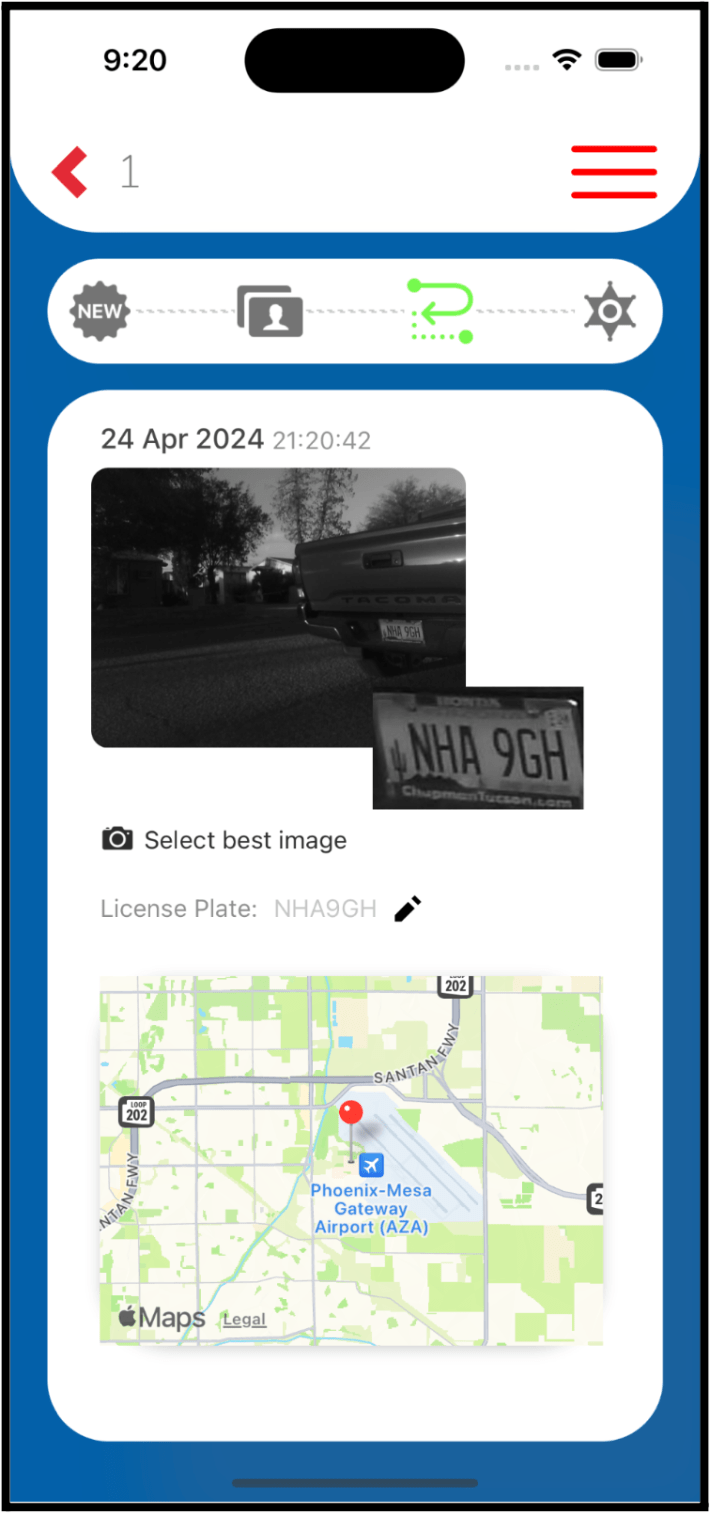
"The problem is that often there's a lack of tangible data — how many incidents happen, if there are any hot spots or intersections where a lot of incidents occur, things like that," explained Robert Heinrichs, associate professor at Arizona State's School of Computing and Augmented Intelligence, who is developing the CycleSafe app. "Having a server that basically takes in all the information from all the different devices, accumulates them, and creates a report — that could help advocates like John to go to their representatives and show them specific numbers about the size of the problem, with the hopes of them being more willing to change something to address this issue."
Now, Heinrichs and his colleagues are working to eliminate false positives from the CycleSafe's detection software, so cyclists can confidently roll past objects that aren't cars, like light poles, without fear of accidentally setting the camera off, or pedal close to other riders when riding in a group.
They're also exploring the possibility of allowing users to opt in to share their data directly to participating law enforcement agencies and city governments so cyclists can report close-passes in real time, without the privacy concerns of a continuously running video feed.
It's not hard to imagine other applications for the technology, too. Heinrichs says it's not impossible that the CycleSafe software could someday be programmed to automatically notify EMS when a serious crash is detected, potentially saving lives in hit-and-runs; it could also generate video footage for educational campaigns aimed at showing drivers just how terrifying a close pass really is for a person in the saddle. In time, technology like CycleSafe might even help turn bikes into automated enforcement cameras on wheels — with all of the fierce debate that would undoubtedly come with that move.
If nothing else, Dollar hopes Cycle Safe data will help generate support for life-saving policies — and maybe, a little bit of profit to help implement them.
"What you can do with this data might be unlimited," he adds. "Maybe if we get a little money from this, we can even pay for protected bike lanes in those hot spots. ... [That said], we want to keep the cost as low as feasible, because we want as many people to purchase this as possible. And in the conversations that we've had at different events that we've attended, everyone wants one. Because if you're a cyclist, you've probably had incidences like this — and you know that nothing ever happens [to prevent future close-passes]."
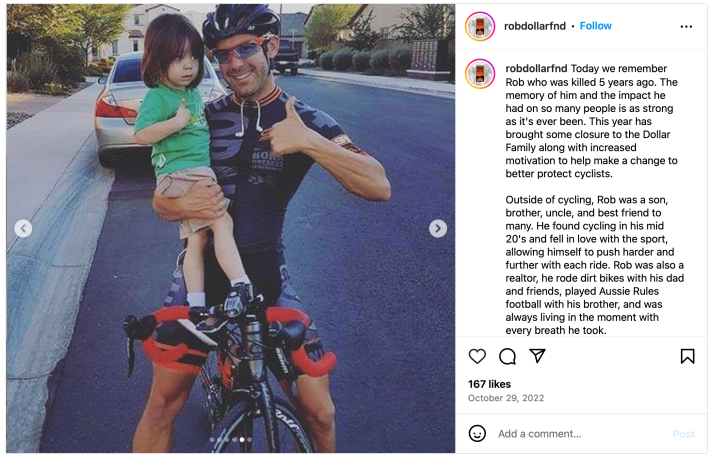
CycleSafe is entering its beta-testing phase in 2025. Anyone interested in the technology is invited to follow the Rob Dollar Foundation's Facebook page for updates.
